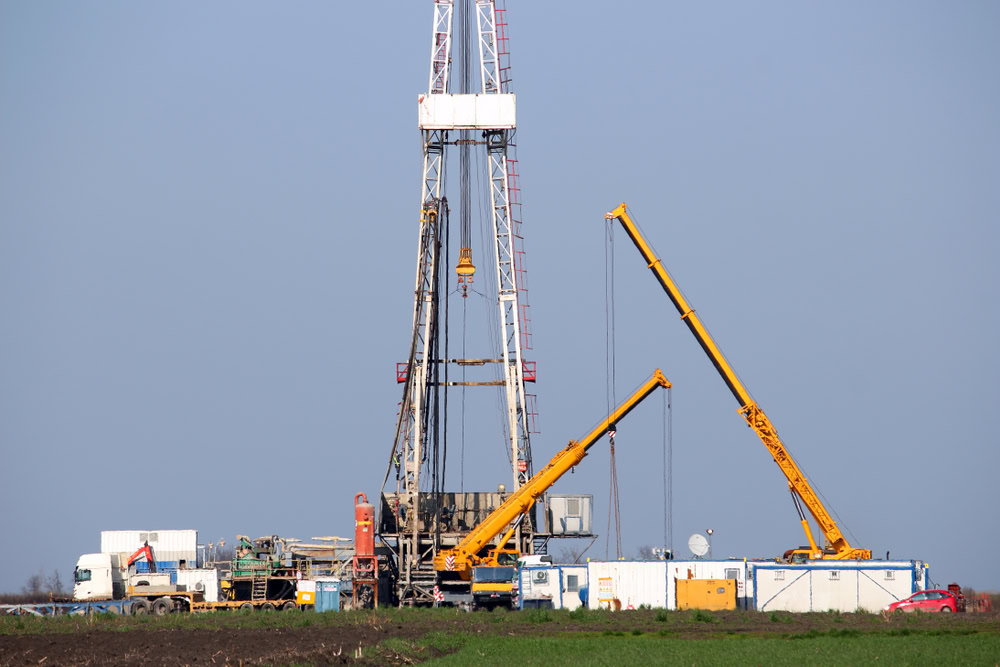
Pay Governance offers expert advisory services to compensation committees and management, aligning executive pay with performance for optimal results and success. Contact us today, and we will respond within 1 business day.

We take a comprehensive approach to every client, combining our team’s long-standing collaboration and expertise across accounting, tax, equity valuation, retirement plans, and executive proxy voting guidelines. This depth allows us to craft executive pay programs that drive business success while balancing the priorities of shareholders and executives in the broader governance environment.

Our broad experience, technical expertise, and geographic representation allow us to pool relevant experiences from our team for the benefit of each client. Key internal technical staff includes experts in accounting, tax, equity valuation, supplemental retirement plans, proxy advisor modeling and policies, as well as knowledge of institutional investor policies. Geographically, we have locations across the United States, partners in Korea and Japan, and affiliation in Europe.
Partnership. Foresight. Perspective.



































































Loading team member information…
Loading education information…
Pay Governance offers expert advisory services to compensation committees and management, aligning executive pay with performance for optimal results and success. Contact us today, and we will respond within 1 business day.
Join a team of experts dedicated to transforming executive compensation. We place special emphasis on individuals who are self-starters and possess a commitment to excellence in a demanding, fast-paced professional environment.